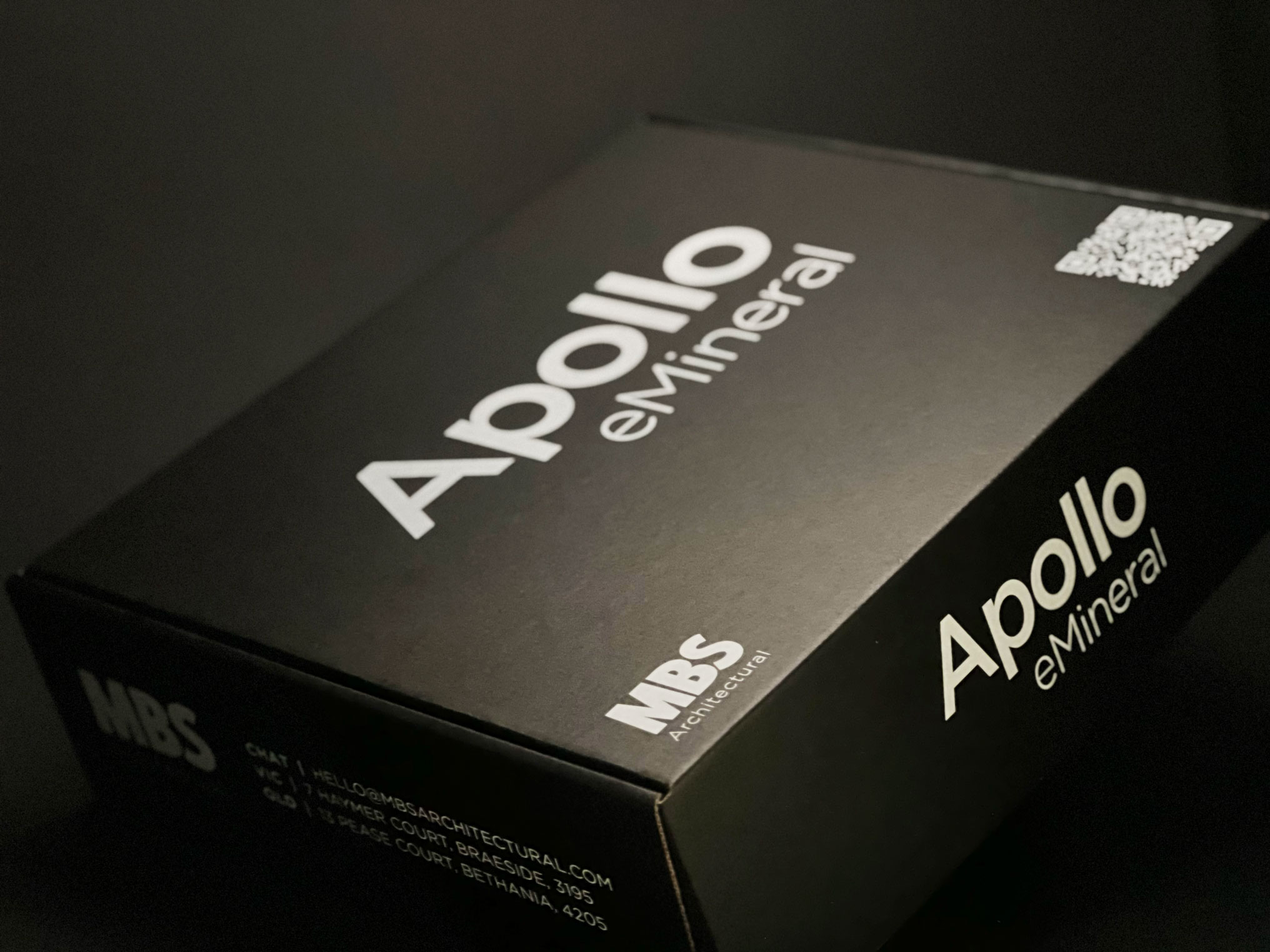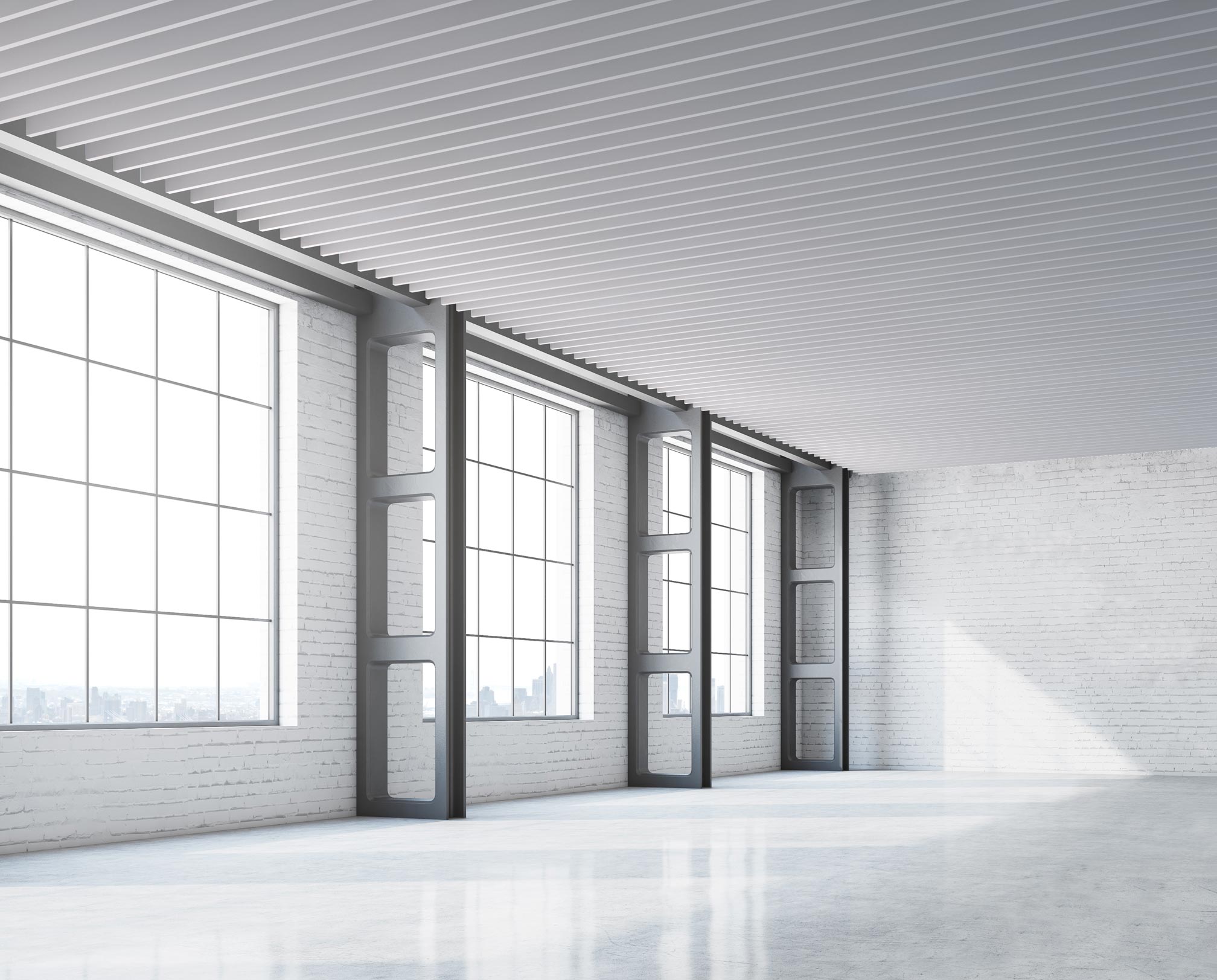
At MBS Architectural we are extremely proud to offer the widest range of timber species selection in a timber batten product on the market in Australia.
We currently have 8 unique species of timber available for you to select when designing your next timber batten feature.
1. American White Oak
2. American Red Oak
3. Spotted Gum
4. Mixed Species (Blackbutt & Ironbark)
5. Tasmanian Oak
6. Blackwood
7. Acoya
8. Abodo

Species Breakdown & Distinctive Characteristics
American White Oak
Origin: North America
American White Oak has long been the most popular timber species in ceiling design and interior timber applications inAustralia. Known for its incredibly consistent straight grain and light blonde colouring. Designers can expect minimal variation in both colouring and grain pattern. Over the last 12 months, American White Oak has become exceptionally difficult to source and the material that is available is rapidly rising in cost. Consequently, we are seeing a rise in project designs that substitute American Red Oak in lieu of American White Oak.
American Red Oak
Origin: East America
We are seeing American Red Oak surge in popularity as a result of limited American White Oak supply. The Red Oak family of trees in Eastern American hardwood forests grow in significantly more abundance than the White Oaks of Northern American, which leads to wide spread availability of American Red Oak material. Designers specifying a timber ceiling batten in American Red Oak can expect a similar level of appearance to American White Oak. Similarities are a straight grain structure (however the figure is slightly less pronounced) and the light blonde colouring of the sapwood. While both sapwoods are similar in colour, the heartwood of American Red Oak often takes on a pinkish undertone which leads to slightly more variation across an American Red Oak timber batten feature.
Comparing White Oak and Red Oak
As American White Oak stock becomes particularly challenging to secure, we are seeing a number of design specifications change from American White Oak to American Red Oak and would like to ensure that all designers are aware of the following:
☉ Grain structure between the two is very similar.
☉ Red Oak figure will be slightly less pronounced.
☉ Sapwood between the two is a very similar light blonde colour.
☉ Heartwood on Red Oak is more pink than White Oak – as a result there will be some Red Oak timber ceiling battens that take on a pink undertone.
☉ White Oak draws from one species of timber while “Red Oak” is a grouping that consists of eight species. It is expected that there will be a higher level of natural timber variation when working with Red Oak over White Oak. This is extremely important to be aware of if you are trying to match another timber finish (ie. a veneer) to the timber ceiling battens.
☉ Red Oak is further broken up into growing regions “Northern Red Oak” and “Southern Red Oak” – we suggest that you clarify the region source prior to ordering.
☉ Red Oak represents a 20-30% cost saving onWhite Oak.
Spotted Gum
Origin: Australia
Spotted Gum is a distinctive Australian hardwood, known for its high levels of natural timber variation. Gum veins are common, and its grain structure is variable with a frequent wavy grain and occasional fiddleback figure. Spotted Gum colouring ranges from very light brown (sapwood) to dark brown or chocolate (heartwood), with occasional red hues. Spotted Gum is an extremely dense and durable hardwood and is a popular choice for both internal and external timber batten applications.
Mixed Australian Hardwoods (Blackbutt & Grey Ironbark)
Origin: Australia
Blackbutt has often been a favourite choice for designers looking for a pale blonde timber that is grown in Australia.Unfortunately, consistent supply of Blackbutt has made this timber species an unsustainable choice when looking to design and specify a timber ceiling batten. In its gulf, American Oaks are currently the only option for a single species timber that achieves a light blonde colouring. However, AmericanOaks are an imported product and do not fulfill the need for a local Australian product.
In light of this, we have developed a new range; “Mixed Australian Hardwoods”.This range consists of a mix of Blackbutt and Grey Ironbark. The inclusion ofGrey Ironbark allows us to alleviate gaps in Blackbutt availability. The result is an Australian Hardwood range that is dense, durable and has (majority)blonde colouring.
While most of this timber species grouping will consist of a light blonde colouring, Grey Ironbark does include some timber that is light brown to chocolate brown and a high level of natural variation across this grouping should be expected.
Blackbutt: Blonde colouring with some lengths bordering on a buttery yellow colour. Grain is predominately straight and gum veins are common.
GreyIronbark: Grain pattern is usually interlocked with colouring from pale brown to darker chocolate browns and reds.
Tasmanian Oak
Origin: Tasmania Australia
Tasmanian Oak consists of sapwood that is a pale-yellow colour, while it’s heartwood is a light brown colour with a slight pinkish tinge. The sapwood and heartwood are generally quite distinguishable.It is a very popular match for Victorian Ash. Gum veins are common, and the grain can sometimes be interlocked. Growth rings are also visible but not a prominent component.
Blackwood
Origin: Tasmanian Oak Australia
Blackwood is an incredibly popular timber species in furniture design and an excellent option for a timber ceiling batten where you are looking for a timber with colouring that is a darker golden brown, with occasional reddish streaks. The grain pattern of Blackwood is generally straight. Some grain waves are expected that can produce a lovely fiddleback figure.
Acoya
Origin: Europe
Acoya is also known as Radiata Pine. It is a timber species that is modified to resist rot and be extremely resistant to weather elements. As far as timber species go, Acoya promotes the longest lifetime. It is also incredibly stable. For timber ceiling battens applications where movement is a concern, Acoya is an excellent choice as it has a significantly higher level of dimensional stability. It is also an excellent choice where longer spans between fixings are required (for example if you were spanning a timber ceiling batten across a skylight and did not want to read any horizontal mounting tracks).
Please consultant a MBS Architectural consultant if you are considering longer spans between fixings on your project.
Abodo
Origin: Asia Pacific
Abodo is a timber product that consists of NewZealand planation timber that has been thermally modified to create an incredible resilient and stable timber species. It is another excellent choice for designers who are looking to limit the amount of movement across theirtimber feature or increase the span between fixings. Abodo takes on stains extremely well and is available in a wide range of finishes.
While choosing a timber species is a critical component of achieving your design intent, we also encourage you to consider the following items:
☉ Availability of material.
☉ Length size, layout of lengths and batten join locations.
☉ Integration of services.
☉ Access panels.
☉ Perimeter trim detailing.
☉ Acoustic performance.
☉ Seismic performance.
If you would like assistance with any of the above, please do not hesitate to reach out to MBS Architectural.

Book a call with our architectural team today to get down into the detail. We are happy to chat through ideas, materiality and budget to find out how we can help you create the interiors you need. Simply drop us a note on hello@mbsarchitectural.com.au or call us on 03 9580 7800 to chat with our specification team.
Every material.one source.
Let's bring your project to life.










































